Nicolás
García Uriburu
Legacy
The Nicolás García Uriburu Legacy is a non-profit organization coordinated by the artist’s family, which safeguards the works, archive, and library of Nicolás García Uriburu, built throughout his career and contribution to local and international culture. The atelier permanently exhibits selections of the artist’s works, along with the collection of pre-Hispanic art pieces that Nicolás donated his foundation during his lifetime.
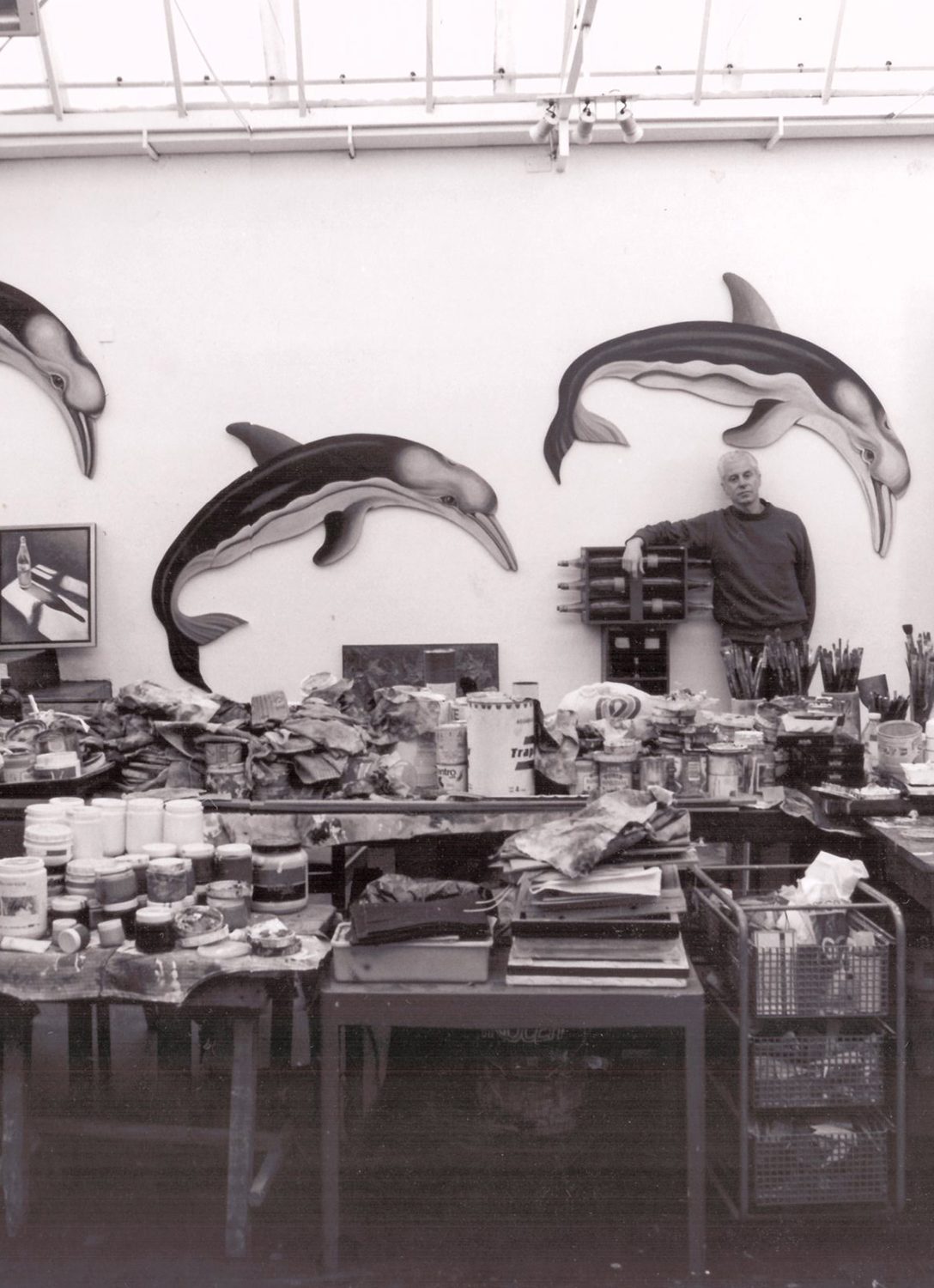

Front of Nicolás García Uriburu Atelier.
Buenos Aires, Argentina.
Spreading the work
and legacy of Nicolás
The Nicolás García Uriburu Legacy aims to keep the artistic and cultural legacy of its founder alive and to expand his message to inspire ecological awareness and political ecology, in connection with the contemporary scene.
These objectives are achieved through:
– The cataloging, conservation, promotion, dissemination, and support of research on the work and archive of Nicolás García Uriburu.
– The visibility of Americanist themes and pre-Hispanic art, along with the multiple artistic practices that link art and ecology in defense of Nature.
Certificates of Authenticity
The Nicolás García Uriburu Foundation is the only entity authorized to issue certificates of authenticity for the artist’s works. In 2024, the Foundation developed a Work Authentication Protocol, which establishes a clear and transparent procedure for certification.
Licenses
If you wish to reproduce or use artworks, publications, and/or materials that are part of the heritage of the NICOLÁS GARCÍA URIBURU FOUNDATION, please contact us at educacion@nicolasuriburu.com.ar
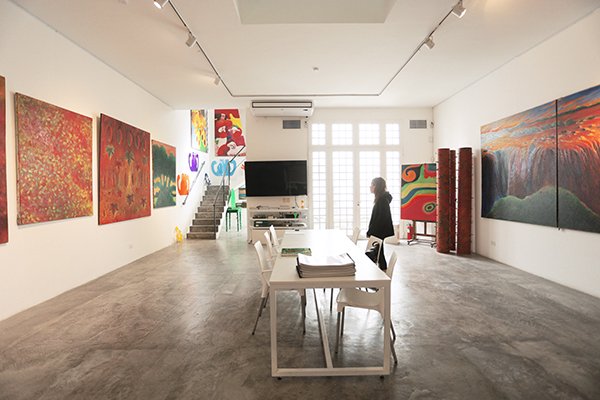
Interior of Nicolás García Uriburu Atelier. Buenos Aires, 2023.
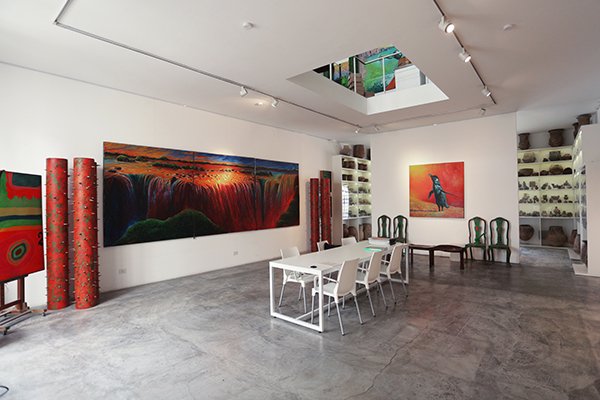
Interior of Nicolás García Uriburu Atelier. Buenos Aires, 2023.
Exhibitions

The Lives of Animals
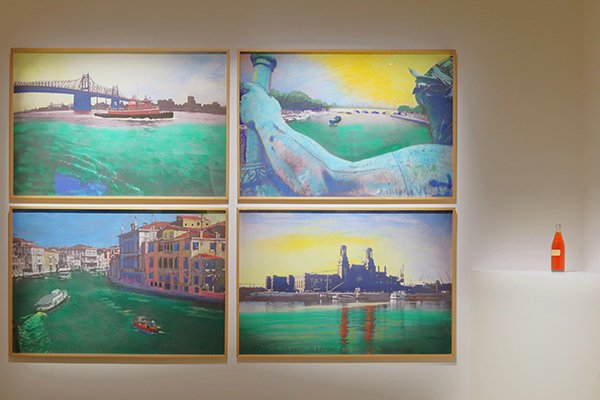
Latin American
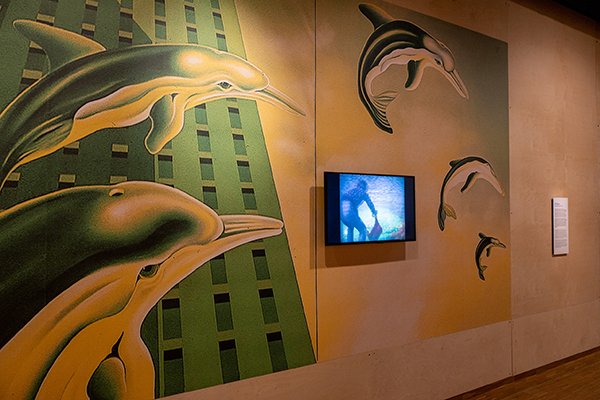
The Lives of Animals
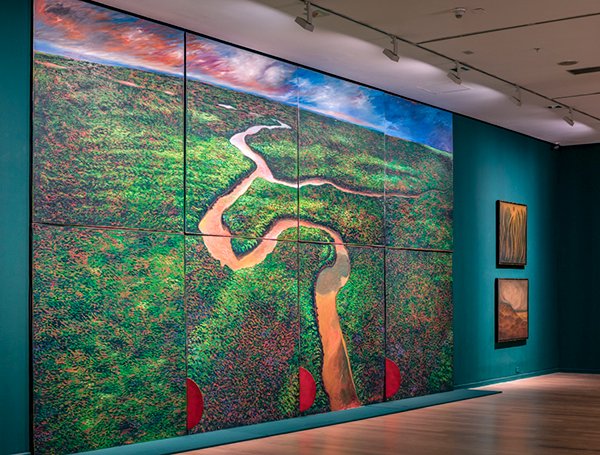
Green Manifesto

Territories of waste
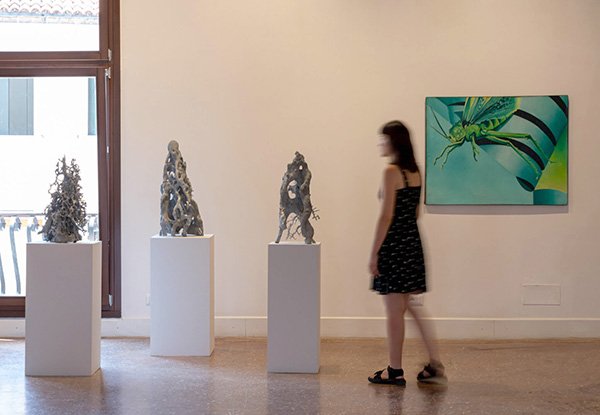
Planet B: Climate Change and the new sublime
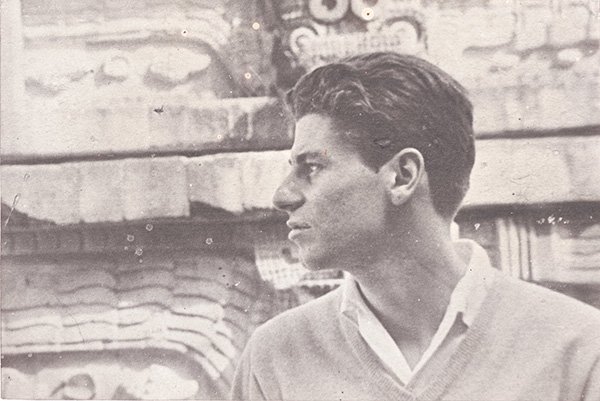
Nicolás in Teotihuacán, Mexico 1962
The Museum of
Pre-Columbian Art
by Nicolás García Uriburu
Argentine pre-Columbian art, despite having some precedents, has not reached the level of development that its diversity and richness deserve. Throughout history, numerous American artists have been drawn to this form of artistic expression. The famous pre-Columbian art collection of Diego Rivera in his house in Coyoacán, Mexico, is an iconic example that has now become a museum. Miguel Covarrubias, a prominent Mexican illustrator, also shared this passion, especially for the Olmec culture, and created a collection that endures to this day in Mexico.
The admiration of artists for pre-Columbian art possibly began in the 16th century with Dürer, who was amazed by the Mixtec jewelry that Hernán Cortés had taken to Europe. This fascination persisted into modern times, as evidenced by Picasso’s interest in the Aztec obsidian skull.
In Argentina, many visual artists drew inspiration from the iconography and themes of pre-Columbian art. However, they also felt a deep admiration for the entirety of these creations from a general perspective, as is the case with Nicolás García Uriburu, who founded the excellent Museum of Pre-Columbian Art that we have the privilege of appreciating today.
Currently, the collection of Argentine pre-Columbian art curated by Nicolás is housed at the Atelier, the other part was donated by Azul, his daughter, to the Historical Museum. This donation of over a thousand pieces constituted one of the most significant contributions of pre-Hispanic art to the museum.
In 1998, at the National Museum of Fine Arts, Nicolás covered the museum’s facade with a curtain as a protest against the threat of destruction of the native forests in the northwest. This curtain featured the figure of a jaguar, an archetype symbolizing numerous ideological and religious aspects of pre-Columbian cultures in America, from Mesoamerica to our northwest region, where García Uriburu explored the connections between science and art.
Nicolás García Uriburu’s interest in pre-Columbian art was sparked during a trip to Peru in 1961, accompanied by the painter Benedit, where he acquired some extraordinary pieces from the Chavín culture that are now part of his current collection. During a visit to Mexico to exhibit his own works, he became familiar with the pre-Columbian art of Mesoamerica by exploring sites like Teotihuacán, expanding his horizons. In 1982, he received several pieces from the former collection of Adán Quiroga as a gift, which had become available for sale. Among these pieces, two impressive huacas Santamarina stood out, probably from the early period, marking the beginning of his Argentine collection. Today, this collection allows us to appreciate the different facets and styles of the ancient artists from the Catamarca western valleys and, in general, from the entire northeastern Argentina region.